Rising Demand for Biopharmaceuticals
The increasing demand for biopharmaceuticals is a primary driver of the Cell Culture Protein Surface Coating Market. As the biopharmaceutical sector expands, the need for effective cell culture systems becomes paramount. This growth is evidenced by the projected increase in biopharmaceutical sales, which are expected to reach over 400 billion USD by 2025. Consequently, the demand for advanced surface coatings that enhance cell attachment and proliferation is likely to rise. These coatings play a crucial role in optimizing cell culture conditions, thereby improving the yield and quality of biopharmaceutical products. The Cell Culture Protein Surface Coating Market is thus positioned to benefit from this trend, as manufacturers seek innovative solutions to meet the evolving needs of biopharmaceutical production.
Increased Focus on Personalized Medicine
The growing emphasis on personalized medicine is reshaping the Cell Culture Protein Surface Coating Market. As healthcare moves towards tailored therapies, the need for precise and efficient cell culture systems becomes critical. Personalized medicine relies heavily on the ability to culture patient-specific cells, which necessitates the use of specialized surface coatings that can support diverse cell types. This trend is underscored by the rising number of clinical trials focused on personalized therapies, which have increased significantly in recent years. The Cell Culture Protein Surface Coating Market is thus poised to capitalize on this shift, as researchers and clinicians seek coatings that enhance the performance of cell cultures in personalized applications.
Growing Investment in Research and Development
The surge in investment in research and development activities is a significant driver of the Cell Culture Protein Surface Coating Market. As academic and industrial research institutions strive to advance cell culture methodologies, funding for innovative projects has increased. This investment is particularly evident in the biotechnology and pharmaceutical sectors, where companies are allocating resources to develop new cell culture systems and coatings. The emphasis on improving cell culture efficiency and effectiveness is driving the demand for high-quality surface coatings that can enhance cell performance. Consequently, the Cell Culture Protein Surface Coating Market is expected to experience growth as research initiatives lead to the introduction of novel products and technologies.
Technological Advancements in Coating Materials
Technological advancements in coating materials significantly influence the Cell Culture Protein Surface Coating Market. Innovations in polymer chemistry and surface modification techniques have led to the development of novel coatings that enhance cell adhesion and growth. For instance, the introduction of bioactive coatings that mimic the extracellular matrix has shown promising results in improving cell behavior in culture. The market is witnessing a shift towards more sophisticated coatings that not only support cell viability but also promote specific cellular functions. This trend is reflected in the increasing investment in research and development, with companies allocating substantial resources to create cutting-edge products. As a result, the Cell Culture Protein Surface Coating Market is likely to experience robust growth driven by these technological advancements.
Regulatory Support for Cell Culture Technologies
Regulatory support for cell culture technologies serves as a catalyst for the Cell Culture Protein Surface Coating Market. Governments and regulatory bodies are increasingly recognizing the importance of cell culture systems in drug development and testing. This recognition has led to the establishment of guidelines and frameworks that promote the use of advanced cell culture techniques. For example, regulatory agencies are encouraging the adoption of 3D cell culture models, which require specialized coatings to facilitate cell growth and organization. As a result, the Cell Culture Protein Surface Coating Market is likely to benefit from favorable regulatory environments that support innovation and the adoption of new technologies in cell culture.


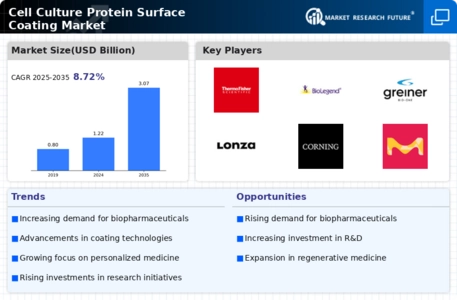
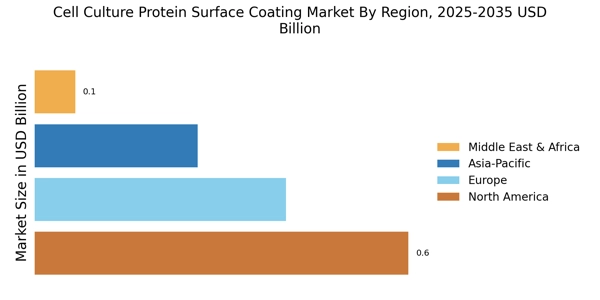
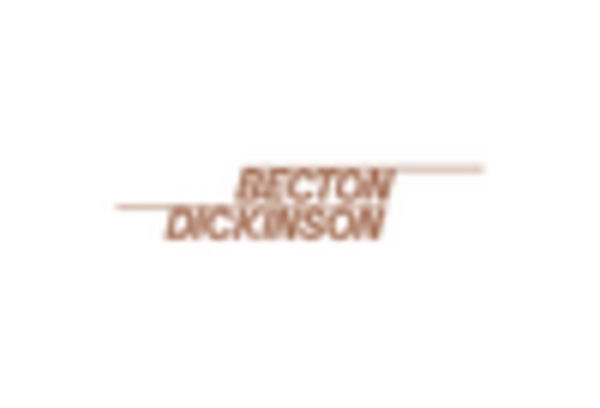
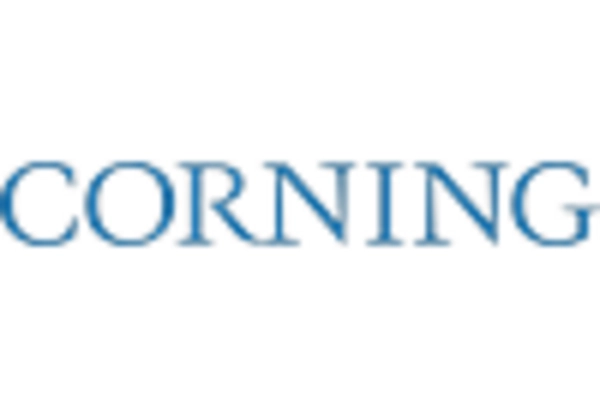
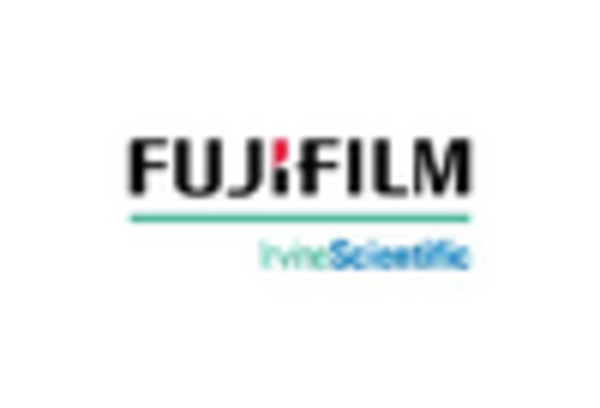
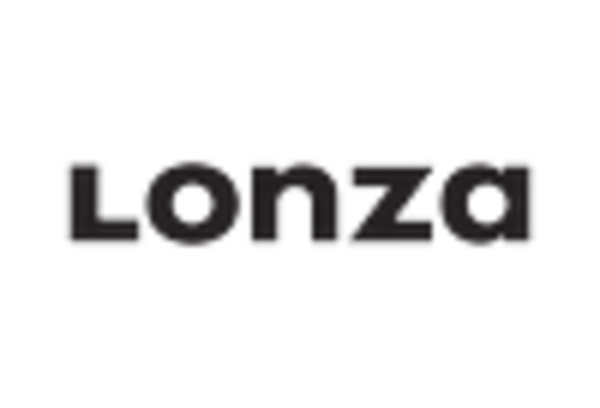










Leave a Comment